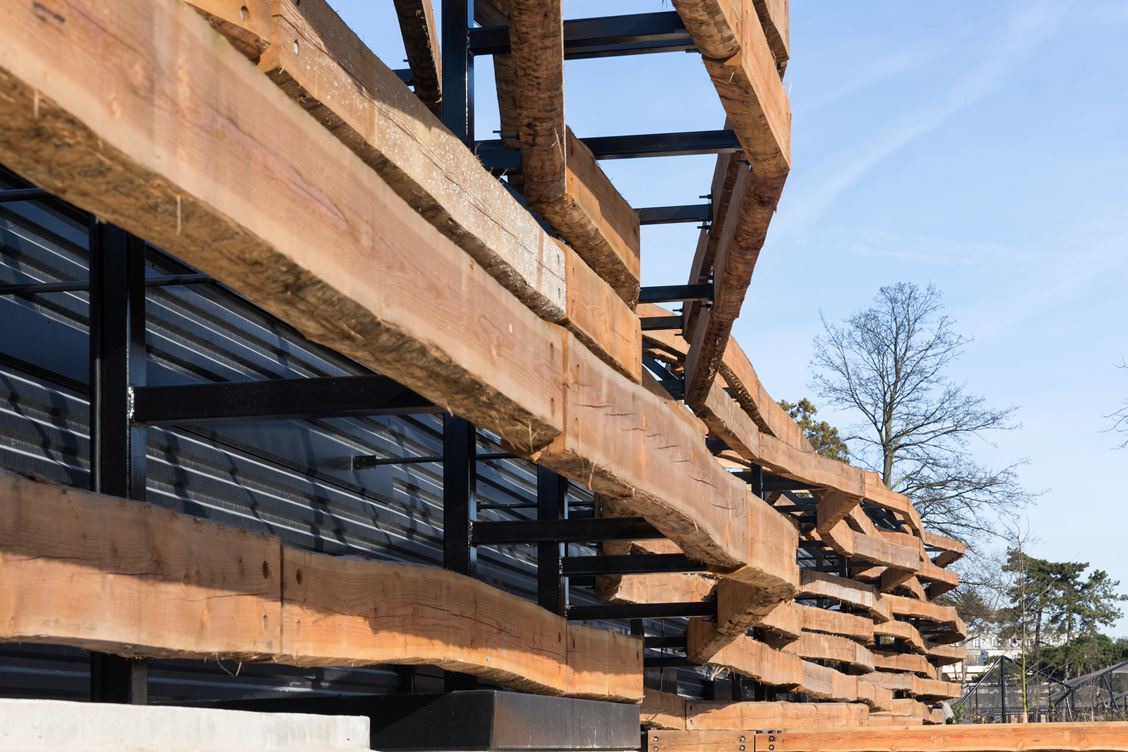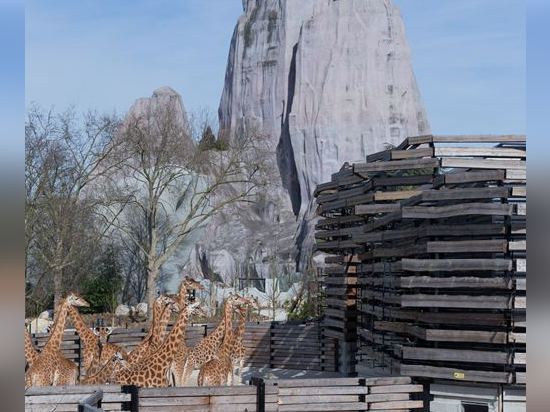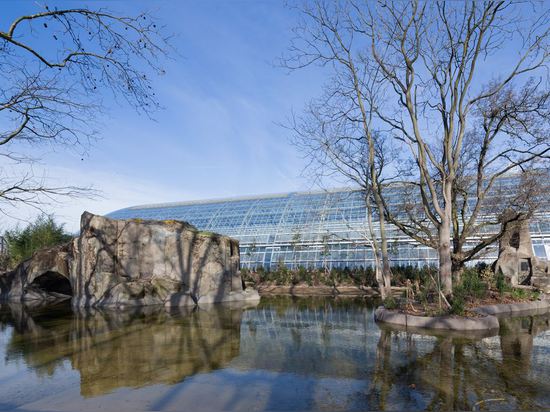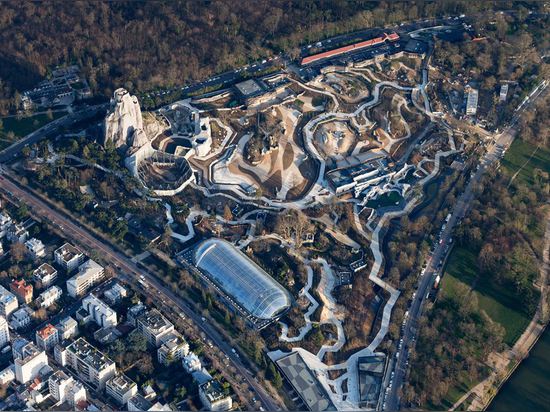
#LANDSCAPING AND URBAN PLANNING PROJECTS
Zoological Park
As one of the oldest cage-free zoos in the world, the Zoo de Vincennes has been a proponent of animal conservation since its opening in 1934.
After being closed for more than five years, the redesigned and renamed Parc Zoologique de Paris, managed by the French National Museum of Natural History, reopens to the public on April 12 with architecture designed by Bernard Tschumi urbanistes Architectes with Véronique Descharrières.
Instead of opposing an architecture for humans and an architecture for animals, the central architectural concept of the new zoo creates a common language for both. The design principles used in the zoo’s aviaries are also used for the visitors’ entrance and for the shelters for small mammals. A “double-envelope” concept seen in several of Tschumi’s other projects is employed throughout the zoo to provide function and camouflage for many new buildings—these structures are an essay in the “formless,” designed to merge buildings into the surrounding landscape. A screen of dynamically composed wooden beams covers
many of the zoo’s new buildings, providing a distinctive visual camouflage as well as reflecting the 21st Century condition of separation between visual and functional envelopes.
The “formless” wooden envelopes are independent of the internal envelopes, which contain the thermal insulation, waterproofing, and other functional necessities for the buildings. The zoo’s new structures, which also include a number of aviaries and a large tropical greenhouse, provide a set of architectural concepts for the redesigned zoo.
The inauguration of the Parc Zoologique de Paris occurs only two weeks before the opening of the retrospective exhibition Bernard Tschumi at the Centre Georges Pompidou,open to the public from April 30 through July 2014.




